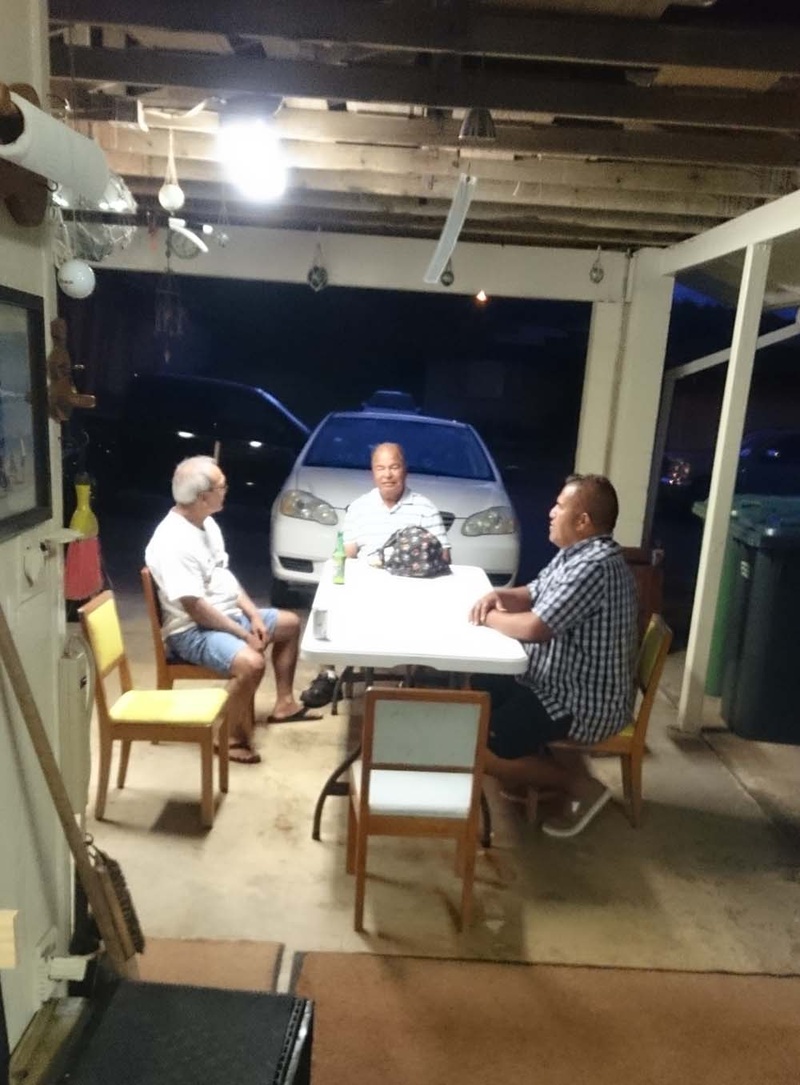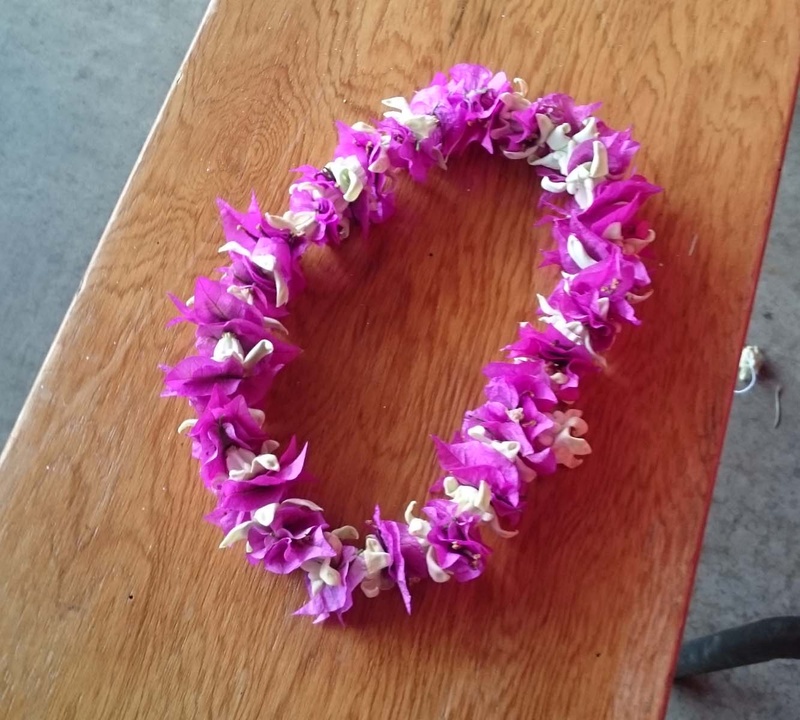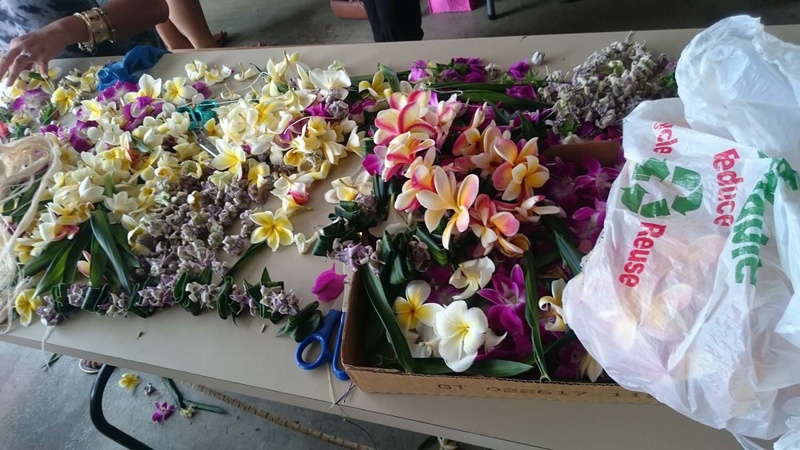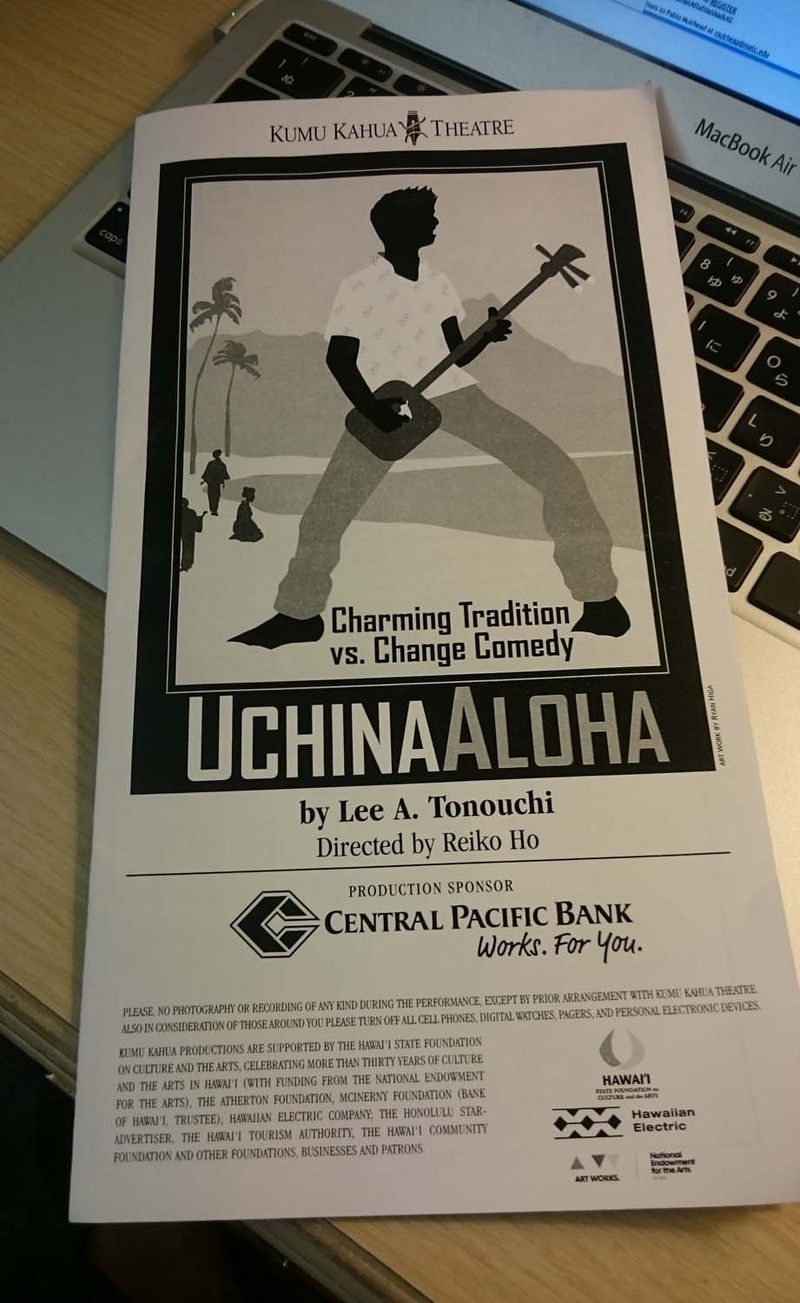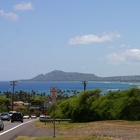Last time , I wrote about the Honolulu radio station KZOO in detail. I first learned about it when I was in the first year of junior high school, and since the summer I was 30, I have been going to Hawaii several times a year without fail, and it is a radio station that I always listen to while driving there. When I lived there, it was also my daily source of information about Japan.
This time, I would like to continue thinking about the identity of Japanese people in Hawaii, which has become clearer. I will not reach a conclusion. I will just think about it. However, I will not assume the wishful thinking of Japanese people that there must be a lot of overlap between their identity and that of Japanese people because they are Japanese people in Hawaii.
KZOO is popular among second-generation Japanese who understand Japanese, but its existence is not well known among non-Japanese speakers. M, a third-generation Japanese, had obviously never heard of it, and even L, who is quite fluent in Japanese, had never heard of it. A fourth-generation elementary school teacher of my generation only knew it as "a station that broadcasts live every year at the Okinawan Festival."
The generations of Japanese Americans younger than the Sansei generation take off their shoes at the entrance, cook rice, and eat with chopsticks, just like the generations before them. They gather with their families at the end of the Bon Festival and celebrate Christmas and New Year. Their family ties are stronger than those of us Japanese. What kind of people are the Japanese Americans living in this way today?
At the beginning of the second episode, " Is dressing fashionable not stylish? ", I mentioned that M-san had warned me, "Japanese people in Hawaii are diverse. You can't generalize them all as 'Japanese people in Hawaii.'" I have been attending the elementary school where M-san worked for over 20 years.
One day in a Language Arts class, I came across a scene where about 30 children were asked what nationality they were, and all of them answered "Hawaiian!". They all shouted out loud without hesitation. It was the same in the 3rd and 4th grade classes as well as the 5th and 6th grade classes. They then went on to properly explain their ethnicity, such as "I think I'm Danish," "Mexican," "Japanese," "My dad is German but my mom is Japanese," "Okinawan," "Russian and Chinese," and so on. They all started with the foundation of being "Hawaiian," and from there on, they were all different. It seems to be "Hawaiian" + "ethnic identity."
Isn't this exactly the "stew" theory introduced in " Part 5: Japanese values that may be disappearing - the changing culture of Hawaii "? Hawaii is not a "melting pot" or a "salad bowl." It is a "stew" after all. "The ingredients of the stew, such as potatoes, carrots, onions, broccoli, and celery, are the people who live in Hawaii, and their edges have been rounded off and they dissolve into the stew soup. The soup is Hawaii's "local" culture, and it clings to our bodies and is shared with each other." That is the kind of society it is.
I don't feel that Japanese people in Hawaii use their ethnicity as a tool to distinguish themselves from other races, or as a means to be conscious of boundaries. I will be going to Hawaii next week to look for material for this essay (I am revising it on the plane now), and even after visiting Hawaii frequently for over 20 years, I still have a question about how Japanese people in Hawaii use "uchi" (inside) and "soto" (outside).
It is often said in social psychology that when humans are given an indicator for classification, they unconsciously distinguish between "what is" and "what is not." When people hear "North America," not only do they think of Canada and the United States, but they also almost simultaneously think of Japan, the United Kingdom, and Australia as not being part of North America. The same is true when people hear "Shikoku." Not only do they imagine the four prefectures of Shikoku, but Oita, Yamaguchi, Hiroshima, Okayama, and others also immediately come to mind. This is true for me because I am originally from Matsuyama City in Ehime Prefecture, but someone from Tokushima might think of Hyogo, Osaka, or Wakayama.
I have always found it interesting and delightful that my Hawaiian friends of various ethnicities are interested in Japanese culture. I still feel that way. It means that within myself, there are unconsciously categories and boundaries between Japan and the rest, Japanese culture and the rest. Like, "we are different from you." No matter what I do, I can't erase that feeling.
On the other hand, my Japanese friends in Hawaii seem to accept different ethnic cultures (although "different" is an expression that assumes there is a boundary) quite naturally. Rather than "accepting," it may be that they are assimilating diverse cultures as "Hawaiians." There are no categories or boundaries, or even if there are, they are loose, and it seems that they are aware of "everyone being at home" rather than "inside" and "outside." Why is this the case? I thought about it for a long time before writing this, and it seems that there is a clue in the Hawaiian word "Ohana." According to the Japanese Wikipedia, "Ohana" is "a Hawaiian concept that corresponds to 'family' in a broad sense. However, Ohana is characterized by the fact that it means 'family' in the sense that it includes people who are not related by blood, and that it emphasizes the idea that it will continue forever across generations, and is considered to be a concept that should not be simply equated with the English word "family."
After going to elementary school in the morning, I had an appointment with M-san and L-san in the afternoon. I wondered what to do for lunch, whether to eat in town before heading out. It would be fun to rely on M-san and L-san and chat while eating something in that garage. I called them while wondering, "Do you want me to buy something for you?" and they replied, "Don't be silly! Come right away!" I went there excitedly, and L-san's brother was there too, ready to eat somen noodles with me. "When that happens, you should say, 'Do you want something to eat?' It's Ohana after all." That's what it seems to mean.
I have invited M and L to Matsuyama twice. Once to my 103-year-old family home, and once to my new family home that was built about three years ago. This spring, they also came to my sisters' piano concert in Kyoto. It felt like we had welcomed them as members of our Ohana. After that, my mother stopped saying anything about me being looked after by M and L in Hawaii. Before, she would be very strict about "not causing any trouble." If my mother has also acquired a sense of Ohana, things will probably get interesting from now on.
So, as time goes on, will "Stew" become a melting pot? Will Hawaii's diverse ethnic groups all become "Hawaiian" as they accept each other's cultures? Are we in a transitional period now?
Perhaps we should not think of interracial or interethnic marriages as the same thing as cultural acceptance and mixing. However, academics have long believed that in societies where interracial mixing is widespread, such as Brazil, as time goes on, everyone will become different, and therefore discrimination will become meaningless, creating a paradise.
My friend, Hitoshi Mori, has cast doubt on this idea, and in his book Border Ethnography: Japanese Ethnicity in the Multi-Ethnic Society of Hawaii, he has shown that it is not a simple paradise. He has found that mixed-race people use their multiple ethnicities appropriately depending on the time and situation.
This means that the ingredients in the stew won't completely melt away and leave only soup. It seems unlikely that the day will come when the children mentioned at the beginning of this article will be all Hawaiian.
While I was writing this tenth essay, I was asked to review a paper submitted by an academic society. To my surprise, it was about the cultural identity of fourth-generation Japanese-Americans in the mainland United States. I sincerely hope that the author will continue to develop this field. I also wrote this in my review.
© 2017 Seiji Kawasaki



